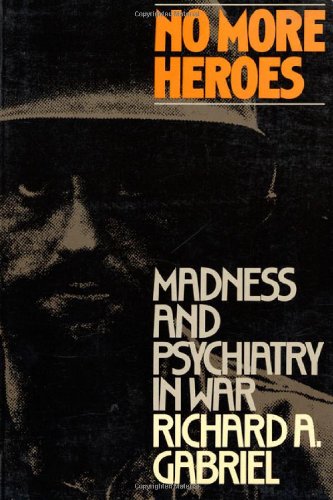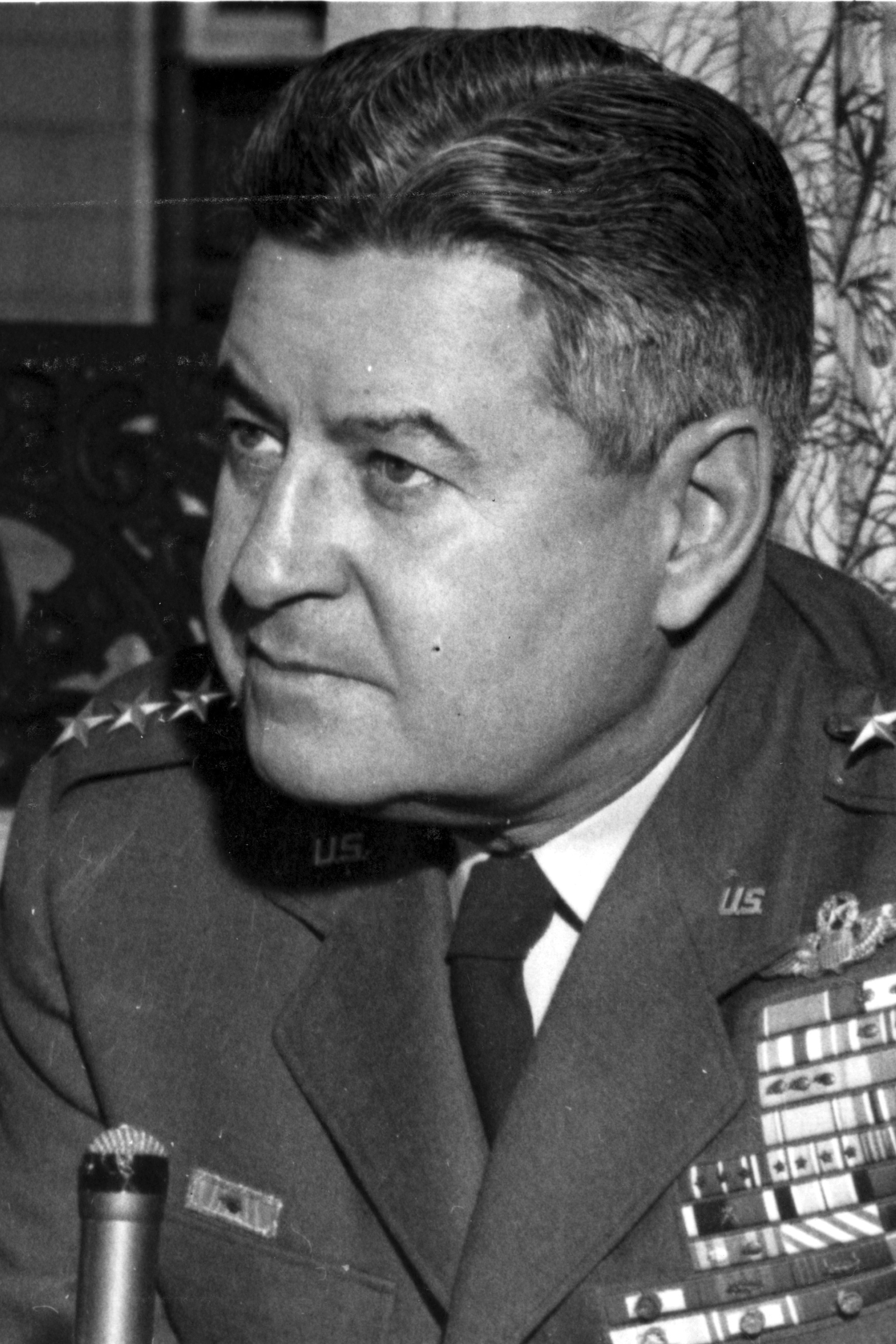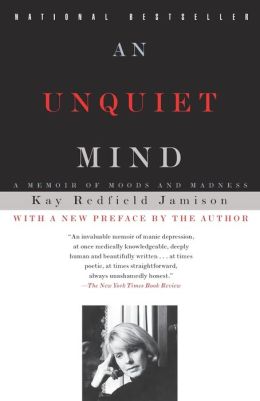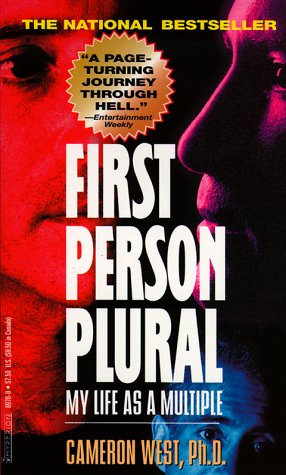When the Supreme Court paved the way for universal recognition of same-sex marriage last June, opponents predicted that polygamy would be next. They didn't realize how quickly this would happen.
Less than six months after the high court issued a pair of decisions expanding access to gay marriage and its benefits, a federal judge in Utah has ruled unconstitutional key parts of a Utah bigamy law that makes polygamous cohabitation a crime. The law had been challenged by 44-year-old Kody Brown and his four wives, who, together with their 17 children, star in the reality-TV show "Sister Wives." The Browns, who used to live in Lehi, Utah (they have since moved to Las Vegas), belong to one of several breakaway Mormon sects that practice plural marriage. (The mainstream Church of the Latter-day Saints formally abandoned polygamy in 1890, shortly before Utah became a state). An estimated 40,000 residents of Utah live in polygamous households.
To be sure, the court ruling, by U.S. District Judge Clark Waddoups, does not legalize polygamous marriage or even invalidate Utah's bigamy law in its entirety. All 50 states have antibigamy laws on their books. But Utah's law, apparently uniquely, forbids plural marriages entered into via multiple marriage licenses and also applies to a married person who "cohabits with another person."
The typical practice for breakaway Mormon men, including Kody Brown, is to enter into only one legally recognized marriage but to take on additional "sister wives" in "spiritual" unions sanctified by religious ceremonies. Such unions are technically adulterous, but since the state of Utah does not prosecute adultery, Judge Waddoups said there was no "rational basis" for Utah's criminal law to distinguish between plain old adulterous cohabitation and informal polygamy entered into for religious reasons.
His ruling thus affects only so-called "fundamentalist" Mormons. However, the decision becomes precedent elsewhere, then it may apply to an estimated 50,000 to 100,000 Muslims in the U.S. who are in similar polygamous arrangements that they believe are permitted by the Quran.
...
"Polyandry"—one woman with multiple husbands—is extremely rare. It seems to exist only among isolated Amazonian hunter-gatherer tribes and in parts of rural Tibet...
Polygamy invariably favors "alpha" males who can beat down the competition for available women and maintain a lock on the affections of the women themselves. The women also have to be willing to sacrifice being the only object of attention of their spouse or lover for the glory of being an object of his attention at all.
The evolutionary psychologist Geoffrey Miller, in his 2000 book "The Mating Mind," described polygyny as a kind of default setting for human societies, and indeed primate societies as well. "[M]ating in our species has always been moderately polygynous," Mr. Miller wrote. He pointed out that women crave powerful, charismatic, often sexually promiscuous men—the most successful hunters and herdsmen, conqueror-kings such as Charlemagne and Genghis Khan, politicians, rock stars, and even sociopaths such as Charles Manson —because women instinctively reach out to men strong enough to protect them and the vulnerable offspring they bear.And, as those evolutionary psychologists say, it is more advantageous for a woman to have half, a third, or even a fourth of a prime male specimen, than 100% of a loser. She wants her offspring to inherit those alpha male traits and thereby have enhanced chances for survival and reproduction.
And, by the way, we already have polygamy in the United States. What do you call a man who sires three sets of children by three different women? Well, the biologists would call him polygamous, but we just call him a twice-divorced guy with child support and alimony payments.
7_WillPryce_CUL_.jpg)




























